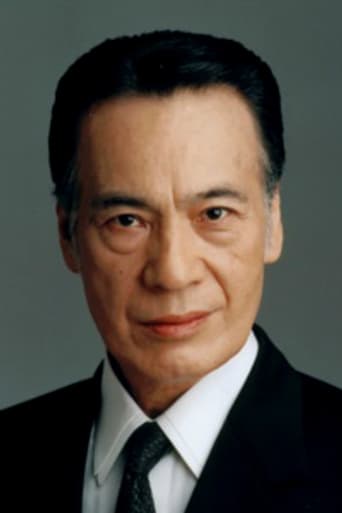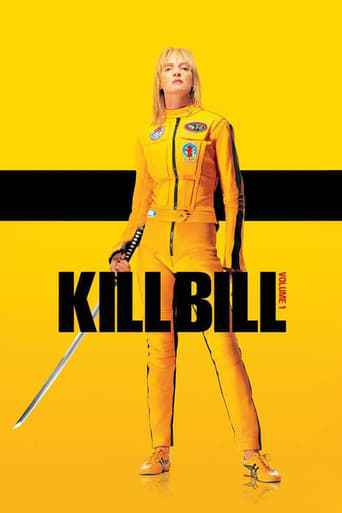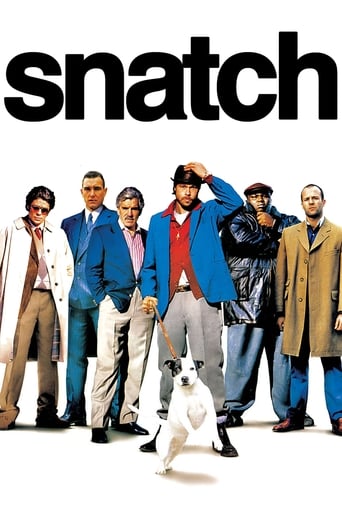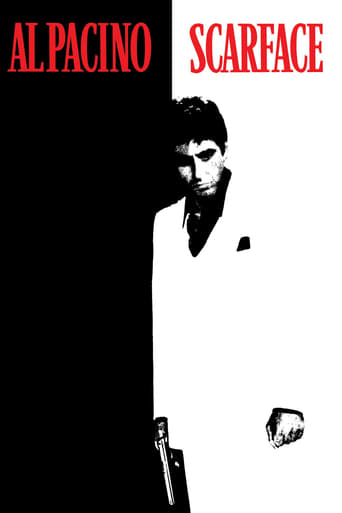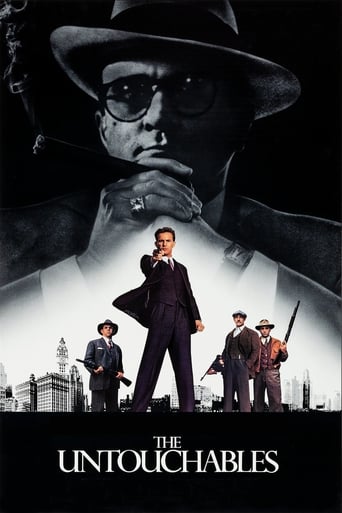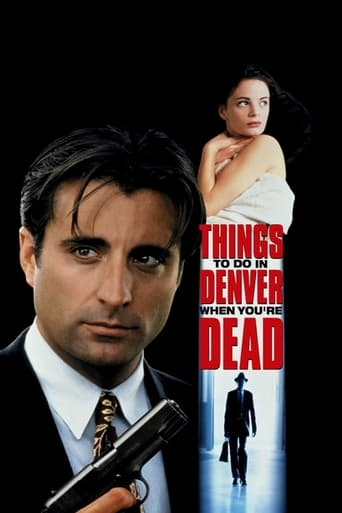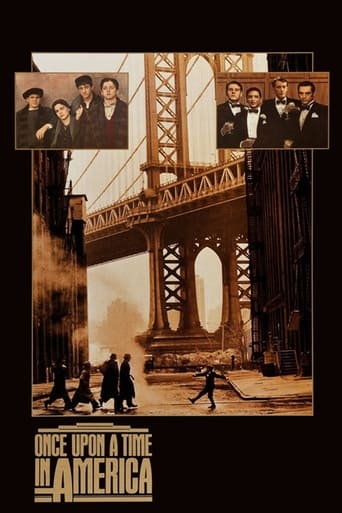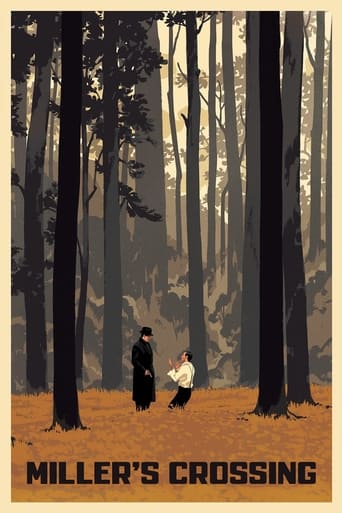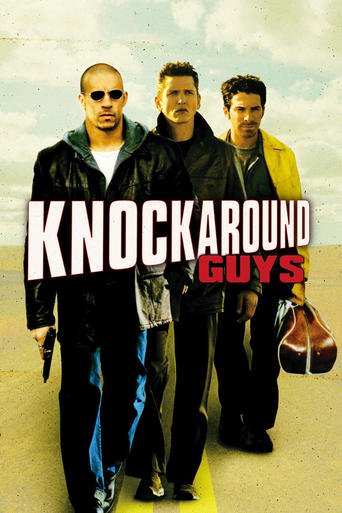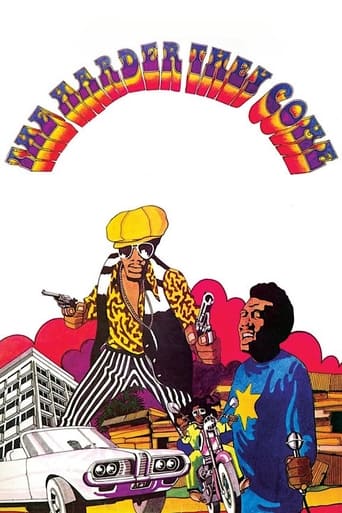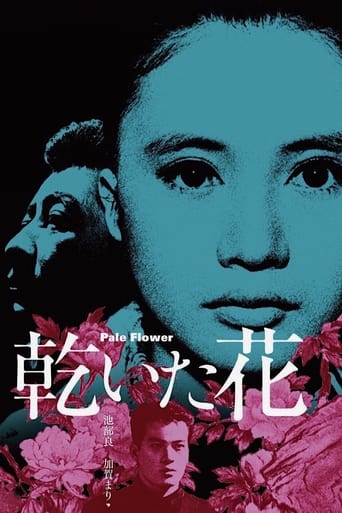
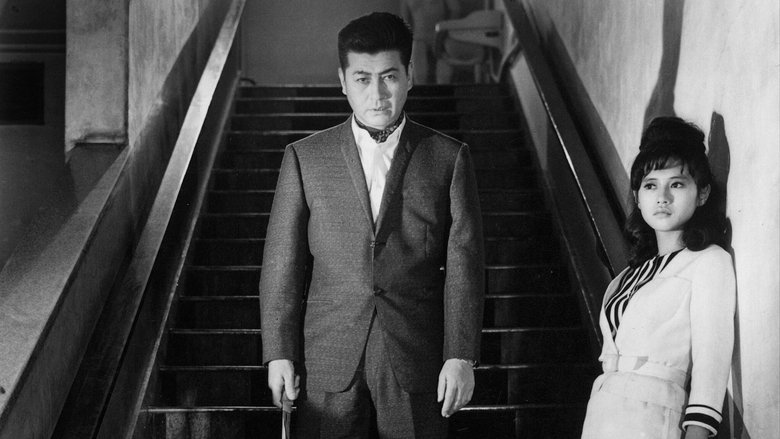
Pale Flower (1964)
A gangster gets released from prison and has to cope with the recent shifts of power between the gangs, while taking care of a thrill-seeking young woman, who got in bad company while gambling.
Watch Trailer
Cast


Similar titles
Reviews
Viewed on Streaming. Cinematography/lighting = eight (8); stars; score = seven (7) stars. Director Masahiro Shinoda demonstrates his complete mastery of all components of the film medium and proceeds to demonstrate the loss of his creative talents (and mastery) in the same movie! He delivers a binary film consisting of two acts. Act One (roughly the first half of the movie) is taunt with fresh, edgy suspense and excitement as well as excellent direction. Act Two becomes perfunctory; surprisingly, it fails to build on the momentum Shinoda has heretofore created. Much of this disappointment is due to diminished "directorial energy," excessive repetition, and repeated telegraphing of how the movie will end. The plot is centered on a high-priced daytime hooker with a death wish she demonstrates by her nocturnal activities (including careless high-stakes gambling in dangerous (all-male) gangster environments, high-speed auto racing on city streets, and a growing interest in narcotics). The day-to-day machinations of low-to-mid level Yakuza gangs provide a backdrop with card gambling activities vividly (and repeatedly) portrayed, prostitution (of course), and the occasional murder of a rival gang member. Line deliveries are riddled with clues (i.e., telegraphing) as to how this story will end. Act Two also includes a dream sequence which only serves to underline what will eventually happen (and seems to have been inserted for audience members who are really, really slow on the uptake!). Talented character actors provide the major element of menace elicited by the film. They do not over act (which makes them truly scary!), and have been cast for their appearance and ability to act tough and intimidating---they really do look like gangsters are "supposed" to look like! (People you would not want to meet in a dark alley at night Da Yo!) Subtitles seem close enough to line deliveries (which are spoken in Kansai-Ben). But the use of off-white (instead of colored) text in a black and white film makes for an unnecessary irritant especially when superimposed over Japanese in the opening credits! Film score initially comes across as an orchestra tuning up prior to a performance. But the music soon becomes an integral component used by the Director to add excitement. Cinematography (wide screen, black and white) and lighting (especially of night scenes) are excellent and amplify the feeling of foreboding the film exudes (which is greatest in Act One). Restoration is fine. Highly recommended. WILLIAM FLANIGAN, PhD.
Masahiro Shinoda's Pale Flower, like many products of the Japanese New Wave movement, is an immaculate mixture of the old and the new. Having studied under Ozu, Shinoda frames the film beautifully, taking influence from American film noir and the French New Wave to tell a story of ageing mobster Muraki (Ryo Ikebe) who is fresh out of prison. However, this is no straight-forward yakuza movie, and the film's loose plot and broodingly charismatic anti-hero are used at every turn to subvert the genre.Having served his time for murder and winning the respect of his peers for keeping his mouth shut, Muraki drifts back into the life he once knew. It's a world of excessive gambling, and it's whilst partaking in an unfathomable game involving black chips that he meets the mysterious Saeko (Mariko Kaga), a beautiful girl with an unhealthy thirst for excitement. He is told that she comes every night and loses all of her money, only to come back the next day for more. Muraki is instantly drawn to her, and the two embark on an equally destructive, but not physical, relationship.With his sharp suits, handsome face, perfect hair and nigh-on permanent black sunglasses, Muraki is the epitome of New Wave cool. But Pale Flower is a more than just an exercise in style. Like Alain Delon's character in Jean-Pierre Melville's Le Samourai, Muraki is a creature of violence stuck in an existential void. Loyal to his yakuza boss for seemingly no other reason than habit, he is constantly restless and bored. Saeko fiercely sparks his interest; as she embarks in a high speed car race with a man she's never met just for the thrill, Muraki watches her, hypnotised and confused.Though we see her laugh orgasmically at the cheap thrills life can offer and talk about her desire to try heroin, there is little revealed about Saeko's inner thoughts and background. Muraki is drawn to her perhaps because she shares his disconnection with the structure of modern life, a common theme in the Japanese New Wave. Though the film is, for the most part, moody and intense, shrouded in shadows and cigarette smoke, Shinoda doesn't neglect to include some black humour. A running joke involving a severed fingers adds a nihilistic quality to the film, leading to a bleak ending that is powerfully fitting.www.the-wrath-of-blog.blogspot.com
Upon his release from prison for killing a rival mobster, Muraki strolls the streets of Tokyo and muses that nothing has changed in three years and that people are little more than half dead stupid animals whose lives are meaningless. In voice-over he asks "What was so wrong with killing one of them?" While he was away the two Tokyo gangs have reached a truce in order to eliminate a third gang from Osaka. Muraki is unsure of his role in the new alliance and places little value in the yakuza (gangster) code. He is a lone wolf who, while a dependable team player, is a risk taker who takes action on his own and finds consolation from his weary existence in the Tokyo nights and its' gambling dens. Saeko is a well dressed, beautiful young woman with lots of cash and, like Muraki, is a creature of the night. They meet at a card game where Saeko recklessly wagers, loses and wants more. A woman in such a place is an oddity and all the players are fascinated by her, including Muraki. When she asks Muraki if he knows of a game where the stakes are higher he knows that he has found what he was looking for. The two are immediately drawn to one another and their fates are sealed. Together they combat the boredom of life with high stakes gambling, high speed joy rides (she drives) and other thrills that come with living on the edge. They agree that whatever they do, they can forgive themselves. "I have no use for the dawn. I adore these evil nights," says Saeko. A truer noir couple there never was. But when Saeko becomes drawn to another mid level yakuza – the half-Chinese junkie Yoh - Muraki feels a sense of loss. To win her back he asks Saeko if she wants to watch him as he assassinates the head of the Osaka syndicate. She cannot say no and he knows it. While it is not a typical yakuza film as there is little bloodshed and killing, it is a gritty portrait of yakuza life: gambling dens, night clubs, racetracks and doing things they have to do and feeling good about it. It is their life and it is unquestioned. It is this that the film is really about: fate and the impending doom that hangs over all of the characters. It reflects the end of the old Japanese tradition of honor and obedience to a patriarchal system that was in disarray after their defeat in WWII and the occupation that followed. The American film noir existentialism and stunning expressionist photography in monochrome Cinemascope create a film experience that is the equal of anything that came out of Europe and the U.S. Even the card game scenes, a game called hana fuda with a deck that has twelve suits all named after flowers, have an intensity that is very noir. There is also a bizarre dream sequence that adds to the stylized strangeness of the film as does the avant garde soundtrack by Toru Takemitsu. The strange and confusing percussion and brass of Takemitsu's score somehow seems in perfect sync with what we are seeing on the screen. This is a complete film experience.
'Pale Flower' is a film that once again adds to the already rich archive of Japanese cinema. Shinoda (writer/director) put together a very impressive film, so smart and tightly constructed. His use of the camera and lighting to create the dark street world he was portraying was beautiful. Although limited by technology of that time, Shinoda was able to use what he had very well. When we think of film noir or gangster style films, a lot of cliché's come to mind, murder, loyalty, power, drugs, sex, etc. Shinoda takes all of these and wraps it into a detailed story that becomes representative of Japan and the political backdrop of the Cold War. Of course, the film was banned by the censor board. Filmmakers like Shinoda were a part of the 'New Wave' in Japan and 'Pale Flower' remains, like so many great films, timeless. Anyone who appreciates Japanese cinema must see this film!




